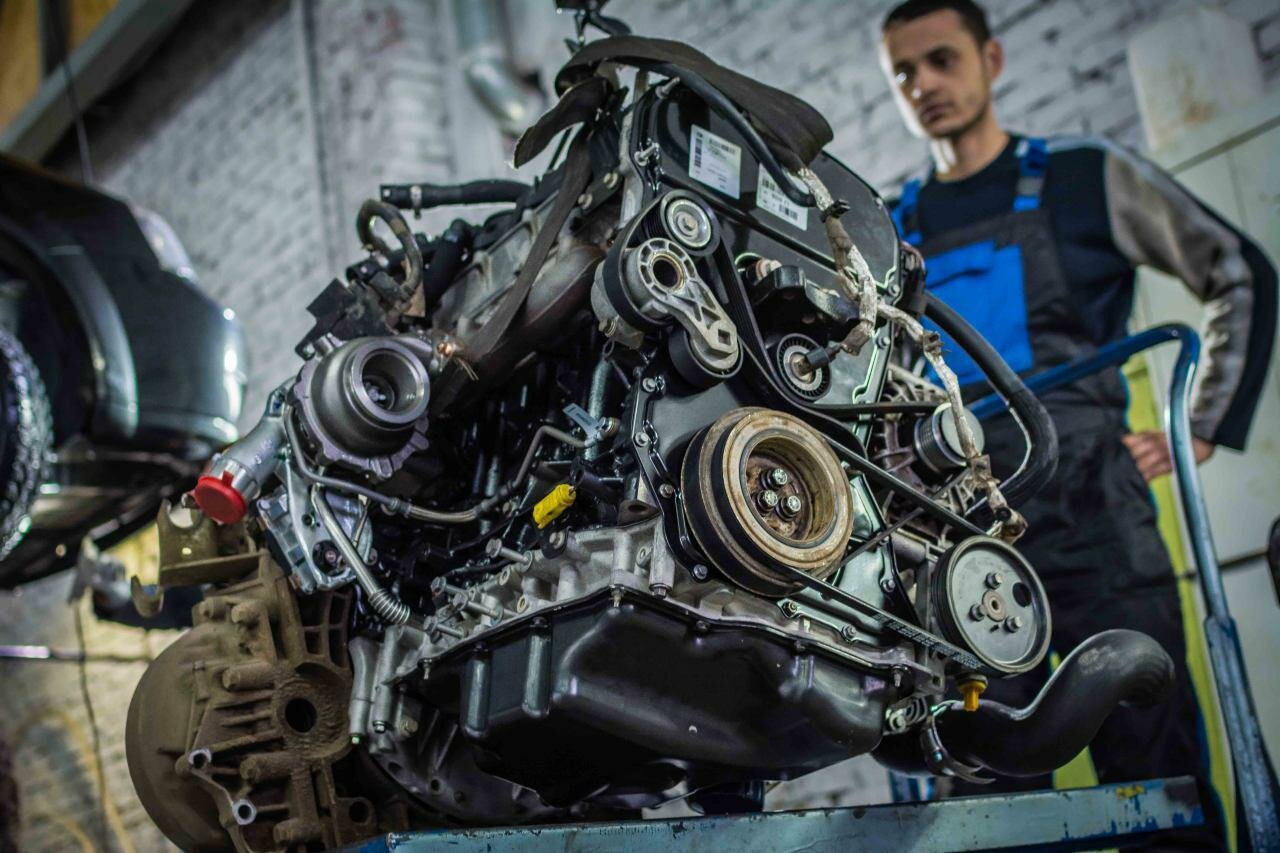Honda R18A Engine: A Brief Overview
History and Development
The Honda R18A engine, part of Honda’s renowned K-series family, made its debut in the mid-2000s, primarily designed for compact and mid-size vehicles. This four-cylinder, 1.8-liter engine quickly gained popularity due to its balance of performance and fuel efficiency, making it a staple in models such as the Honda Civic and Honda CR-V. With Honda’s reputation for engineering reliable and durable engines, the R18A was expected to uphold these standards while also meeting the demands of an increasingly eco-conscious market.
Over the years, the R18A engine has undergone various updates and refinements to enhance its performance and reduce emissions. It features technologies such as i-VTEC (Intelligent Variable Valve Timing and Lift Electronic Control), which optimizes the engine’s efficiency across different RPM ranges. This innovation allows the engine to deliver a respectable amount of power while maintaining fuel economy, a critical factor for many consumers.
However, despite its initial acclaim, the R18A engine has not been without its issues. As with any mass-produced engine, certain problems have emerged over time, leading to concerns among owners and potential buyers. Understanding these issues is crucial for anyone considering a vehicle equipped with the R18A engine, as they can significantly impact performance, reliability, and overall ownership experience. This article will delve into the common problems associated with the Honda R18A engine, providing a straightforward analysis of what owners need to be aware of.
Common Issues with the Honda R18A Engine
The Honda R18A engine, while generally reliable, has been reported to experience a range of problems that can affect its performance and longevity. Understanding these issues is essential for current and prospective owners. Below are some of the most frequently encountered problems associated with the R18A engine.
1. Oil Consumption
One of the most significant issues reported by R18A owners is excessive oil consumption. This problem can manifest in various ways, including:
- Frequent oil top-ups required between changes.
- Visible oil leaks under the vehicle.
- Increased exhaust smoke, particularly during acceleration.
This issue is often attributed to worn piston rings or valve seals, which can lead to oil entering the combustion chamber. If not addressed, this can result in severe engine damage over time.
2. Timing Chain Tensioner Failure
Another critical problem is the failure of the timing chain tensioner. The tensioner is responsible for maintaining the proper tension on the timing chain, which is crucial for the engine’s operation. Symptoms of a failing tensioner include:
- Unusual rattling or ticking noises from the engine.
- Engine misfires or rough idling.
- Check Engine light activation.
If the timing chain becomes loose, it can lead to catastrophic engine failure, making this issue particularly concerning.
3. Overheating
Overheating is another prevalent issue with the R18A engine. This can be caused by several factors, including:
- Coolant leaks.
- Malfunctioning thermostat.
- Clogged radiator.
Overheating can lead to warped cylinder heads and blown head gaskets, resulting in costly repairs.
4. Fuel Injector Problems
Fuel injector issues can also plague the R18A engine, leading to poor fuel economy and performance. Common symptoms include:
- Engine hesitation or stalling.
- Rough idling.
- Decreased fuel efficiency.
Clogged or malfunctioning fuel injectors can disrupt the fuel-air mixture, causing the engine to run inefficiently.
5. Engine Vibration
Some owners have reported excessive engine vibration, which can be attributed to several factors, including:
- Worn engine mounts.
- Imbalance in the engine components.
- Improperly aligned drivetrain components.
Excessive vibration can lead to further mechanical issues and should not be ignored.
Top views |
|
|---|---|
 |
Oil, Timing Chains, Pistons: What Really Kills an Engine Prematurely? |
 |
How to Choose a Car with a Reliable Engine: Used Car Market Hacks That Actually Work |
Symptoms and Consequences
Understanding the symptoms associated with these problems is crucial for timely intervention. Below is a table summarizing the symptoms and their potential consequences:
| Symptom | Potential Consequence |
|---|---|
| Excessive oil consumption | Engine damage due to insufficient lubrication |
| Rattling or ticking noises | Timing chain failure, leading to catastrophic engine damage |
| Overheating | Warped cylinder heads, blown head gasket |
| Engine hesitation or stalling | Poor performance, potential engine failure |
| Excessive engine vibration | Further mechanical issues, potential safety hazards |




0 Comments